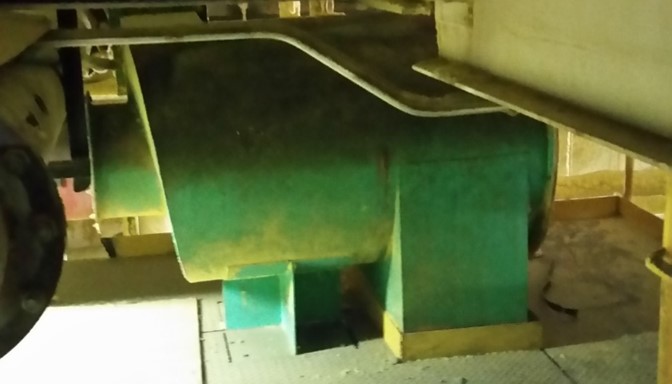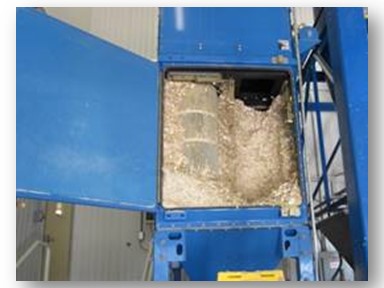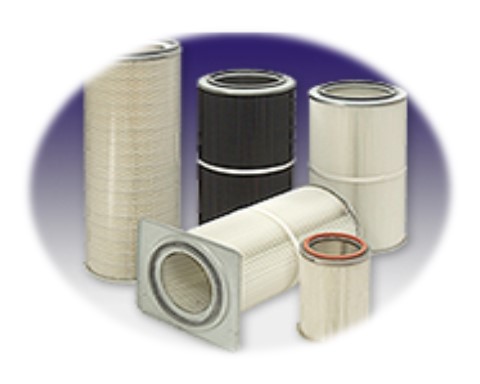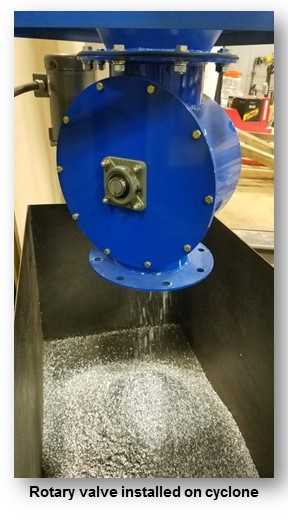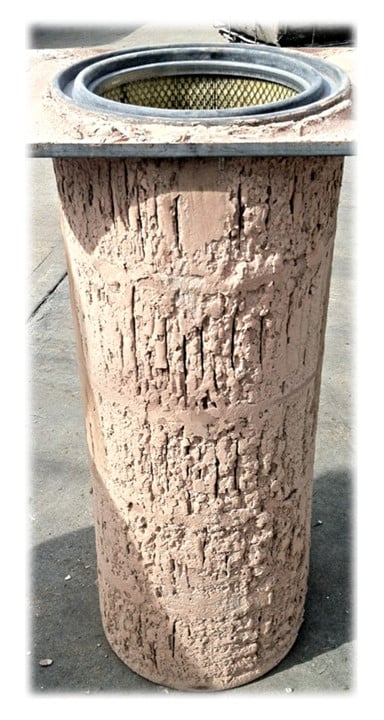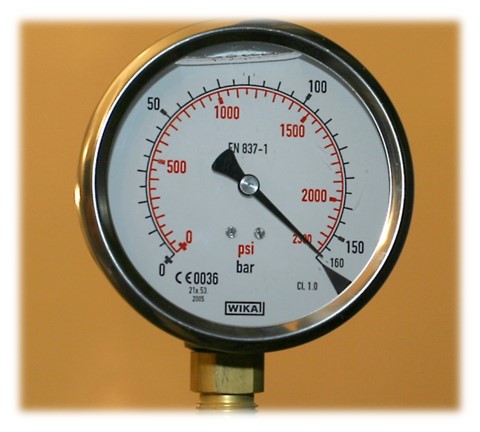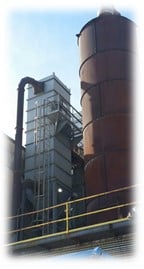Almost everyone in this industry is familiar with using a cyclone for dust collection. Cyclones work great as pre-filters, decreasing loading and minimizing contamination before a baghouse or cartridge collector. However, many times you don’t have the head room to install them. Or you have an existing dust collector and no room to install a cyclone pre-filter.
Traditional cyclones are tall, vertically oriented structures. Indoors, they take up a lot of room. If they are outdoors, there can be maintenance issues. There are even installations where a hole in the roof is required to install the cyclone. That is obviously very expensive.
All of these challenges can be overcome by selecting a horizontal cyclone. Because they are horizontal, they are usually ⅓ the height of a traditional cyclone. This means they can fit in low headroom areas. The other benefit is that both the inlet and outlet of the cyclone are on the horizontal plane. That means the cyclone can replace a 90° turn of ductwork (vertical or horizontal), further saving cost
What’s more, some types of horizontal cyclones have a design that increases the efficiency of dust collection, so that a smaller cyclone can match or exceed the efficiency of the tall cyclone. This saves space and cost, because material costs make up a significant portion of the cost of a cyclone
The short version of the story is this. The next time you are thinking about replacing your baghouse or cartridge collector because you can’t install a cyclone pre-filter, investigate a horizontal cyclone.

